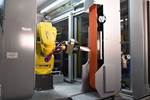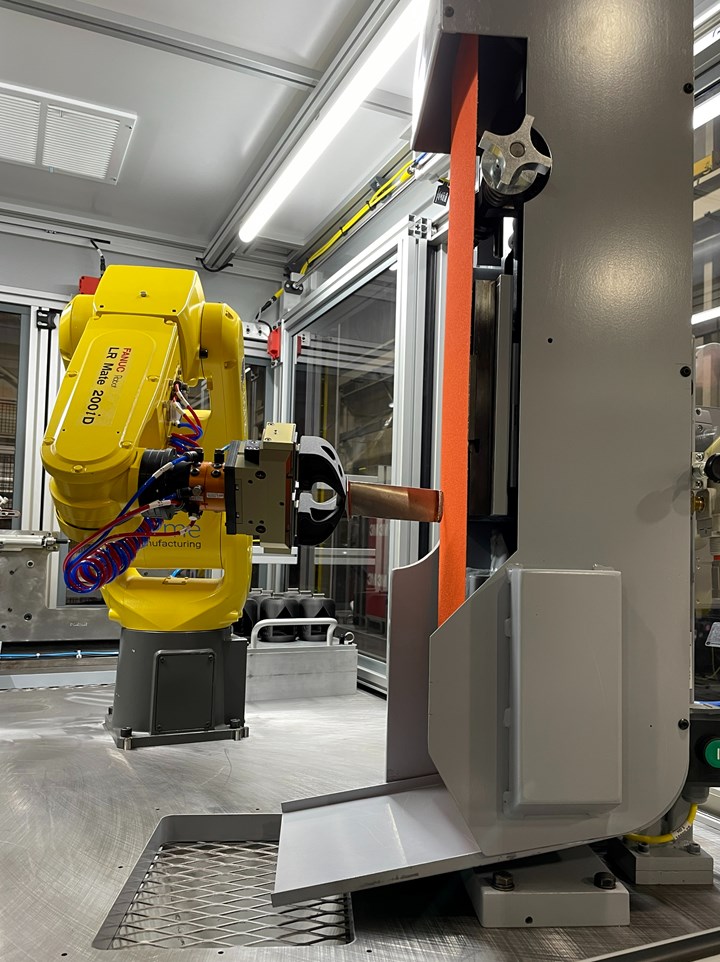Video: Additive Manufacturing for Aircraft Blade Repair
Optomec machines use directed energy deposition guided by optical measurement and automatic programming to repair aircraft engine blades. Here is a look at the 3D printing repair operation.
Share
Read Next
One important application of metal additive manufacturing in the aerospace industry involves not making new parts, but repairing existing ones. Aircraft engine blades such as compressor and turbine blades are subject to wear. Historically these components have been repaired manually, through the work of a skilled welder, but 3D printing via directed energy deposition (DED), guided by optical measurement of the worn blade for generating custom program paths, offers the chance for an automated, unattended system to perform this repair operation. During a visit to Optomec’s facility in Clover, South Carolina, I saw how additive manufacturing for aircraft engine blade repair works. This video shows DED of Inconel 625 applied in two different types of paths to repair the tips of a compressor blade and a turbine blade.
How DED Plus Robotic Finishing Achieves Fully Automated Blade Repair Process
A system developed by Optomec in collaboration with Acme Manufacturing combines additive manufacturing via directed energy deposition with precise abrasive machining via robot to repair up to 85,000 aircraft engine blades per year. READ
Related Content
-
How Norsk Titanium Is Scaling Up AM Production — and Employment — in New York State
New opportunities for part production via the company’s forging-like additive process are coming from the aerospace industry as well as a different sector, the semiconductor industry.
-
Additive Manufacturing Is Subtractive, Too: How CNC Machining Integrates With AM (Includes Video)
For Keselowski Advanced Manufacturing, succeeding with laser powder bed fusion as a production process means developing a machine shop that is responsive to, and moves at the pacing of, metal 3D printing.
-
Beehive Industries Is Going Big on Small-Scale Engines Made Through Additive Manufacturing
Backed by decades of experience in both aviation and additive, the company is now laser-focused on a single goal: developing, proving and scaling production of engines providing 5,000 lbs of thrust or less.












